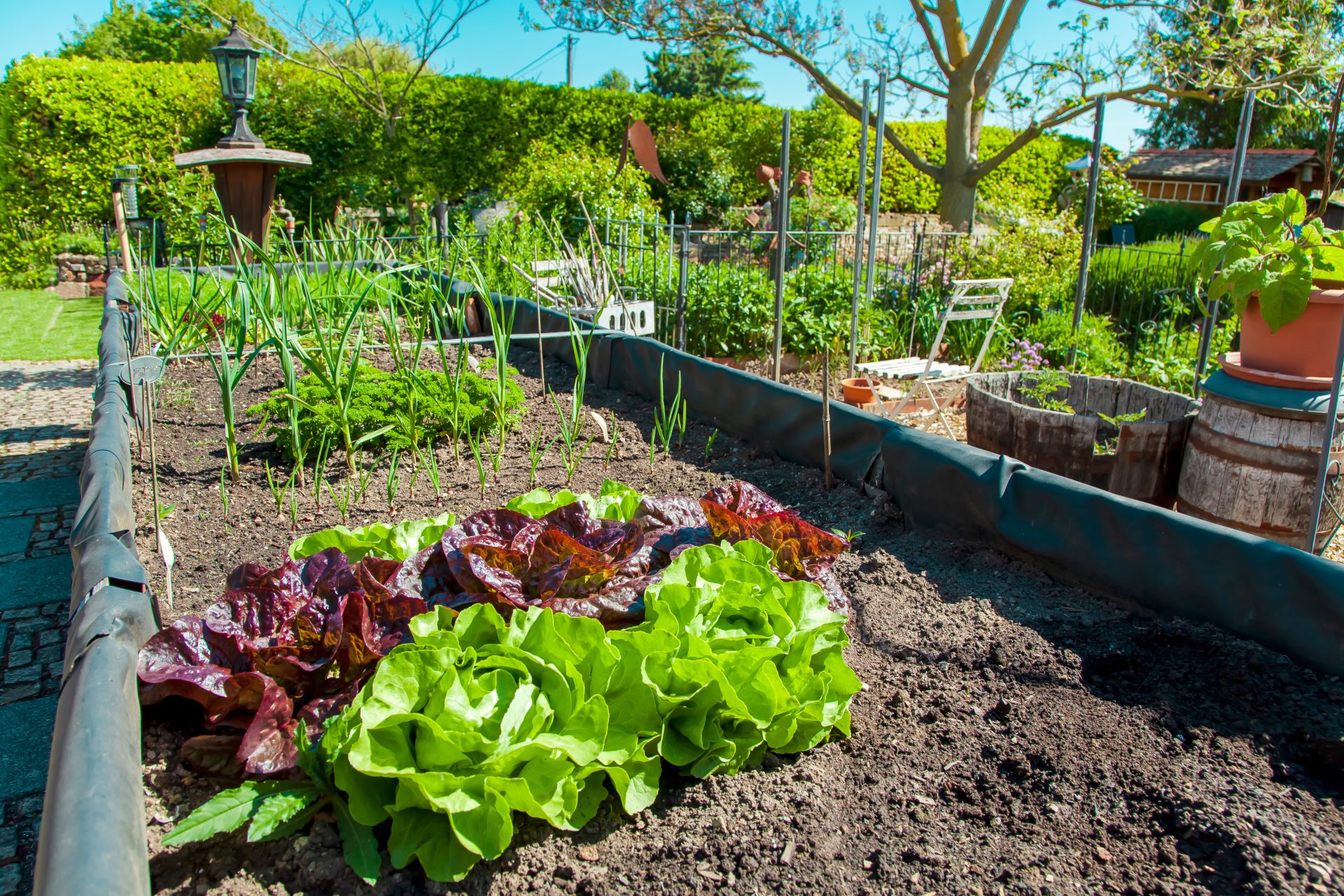

Germination problems? I’ve talked to numerous home gardeners and our major complaint for this growing season, so far, is that certain seeds are simply not germinating. Germination is the process by which a seed develops into a plant. Necessary elements to coax a seed to germinate are water, temperature, and oxygen. Seeds that are expired (old), seeds that weren’t properly stored, seeds planted too deep, seeds kept too moist, soil drying out, soil temperatures too low… the list goes on for there are many reasons seeds don’t germinate.
Looking at my immediate problem here in the hills of Greenbrier County, I can start my own list.
1. We have had lots of wet days in the past months. According to Greenbrier County rain monitors, in April, we have had 4” of precipitation which is one whole inch more rain than all our Aprils dating back to 1985. I have found seeds which have sprouted, like beans, for instance, and then within a few days, the tops are gone, not eaten, just fallen off. Seeds that are constantly wet are sustainable to rot or infection, also known as damping off. This past April and also in May, half of the days of these months were rainy according to reports from Greenbrier Airport records. There didn’t seem to be periods of prolonged bright sunshine. Light isn’t always needed to pull seeds out of their shells initially, in fact, some seeds sprout better in darkness. But once seeds do germinate, seedlings, that is small plants, need sunshine to grow big and strong.
2. Soil temperature is crucial. Most seeds require soil temps of about 68 degrees to 85 degrees to germinate. I tested my garden soil in April, and it wasn’t quite 50-55 degrees. With our cooler nights, the soil temperature would drop. 60 degrees during the daytime allows the soil to dip to 50 degrees and hence, no germination occurs. I suggest buying and using a simple soil thermometer. We use it both in the garden soil and in our compost piles. I kept a daily record of my soil temp and didn’t bother placing seeds in the soil until the soil hit at least 60 degrees which took a long time. FOREVAH!
3. Soil needs oxygen and is constantly exchanging air, just as we do when we breathe in and out. Gardeners can aerate their garden soil by adding fluffy, air filled peat moss, sand, pearlite and vermiculite. These all make the soil less dense and all add drainage for moisture to escape. Plant roots need oxygen to live because the roots take in nutrients. Gardeners can also use a simple pitchfork to open holes to allow more oxygen to enter the soil. Yes, it is time consuming to pierce the soil in your garden bed about 4 inches deep with a pitchfork if you have a large garden, but it will help with aeration. I make it a practice to never walk on or into my garden beds because that compacts the soil which squeezes out moisture and oxygen. If I need to enter a garden bed by foot to harvest or drop in seeds, I use long wooden boards to walk on that distribute my weight along the board. Too much compaction of the soil will eventually destroy its structure, just like farmland that is plowed year after year and ends up dry and compacted. We have created permanent beds and permanent walkways in our garden. Heavy machines are not run over the garden soil; instead, we top dress with compost and dig it in with shovels as we stand along the garden beds’ perimeters. Composted, rotted matter of chopped leaves, shredded grass, small sticks, also add texture to the soil and make it “fluffy.”
4. Robins have infiltrated our lawn and gardens. This year, we have robins dropping into the garden at least two-four per 15 minutes in the mornings and late afternoons. A friend of ours has trouble with crows. We have the robins, big ones, and they don’t seem very wary of humans. Today, one hopped right up to our front screen door and peeked inside. I threw out some sunflower seeds, but my dog gobbled them up instead. (Like she actually likes sunflower seeds, yeah right.) Anyway, my conclusion with so many birds eating from my garden is that there are lots of worms popping out of the soil due to frequent rains. Because birds need to stay warm, in our past months of colder temperatures they eat more to generate heat. The mammoth sunflower seeds that I have set into the ground every two weeks or so, are being consumed by the red breasted creatures, too, because I find empty shells strewn above the soil level. Geez.
One new tactic I am trying this year to get more oxygen in our garden soil is to apply hydrogen peroxide which is safe to use for plants if diluted and not used more than once a week. Add 3% peroxide to water, about 50-50 ratio, and pour this mixture on the soil, never directly on the plants. It kills fungus at the roots, promotes aeration, and is considered safe for organic gardening because it breaks down into harmless water molecules and oxygen.
So, tell me, are you having some issues with things germinating and growing this year? Do we think this year is different from any other year? All I know is that my corn seeds and early pea seeds have disappeared completely on two separate plantings. The third time I planted, I covered the area with screens on the ground. Time will tell. With the temps warming up, the soil is now warm enough for germination, so try, try again, you know they say: “the third time’s the charm.”
(Karen Cohen is a home gardener, nature lover and avid explorer. Email your tips, comments and ideas to natureswaykaren@gmail.com.And Happy Gardening!)


